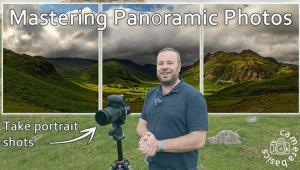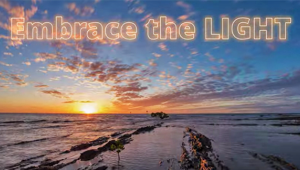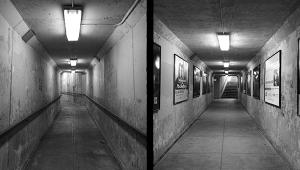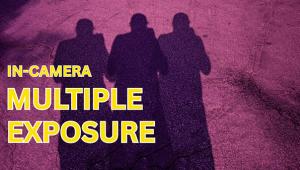Striking Sunsets; 5 Tips For Shooting At Magic Hour
Lynne Eodice is an accomplished writer/photographer and a regular contributor to Photographic magazine.
The word photography literally means "painting with light." Thus, twilight is one of the best times to take pictures, as the light at that time is magical. You can capture colorful clouds at sunset time, silhouetted objects against a colorful sky, or the sparkling lights of a city at dusk. Even though you'll need to go to a little extra effort to obtain great results, it's worth doing this to successfully capture one of nature's grandest spectacles.
Camera Support
Because you'll be working under dim lighting conditions, you should invest in a good tripod or monopod. Some manufacturers have even created small beanbags to steady lightweight point-and-shoot cameras. There are also times when you can brace your camera against a rock or on top of a fence. In any case, avoid the blurred images that occur when using a slower shutter speed while hand holding your camera. Lacking a camera support, use fast film in the 400--1600 range, or use an equivalent ISO setting on a digital camera.
 |
|
|
Look For Silhouettes
It's always a good idea to scout a location in advance for subjects suitable for silhouettes. Look for simple, recognizable shapes, such as trees, mountains, or even a structure on a beach. It's also important that your subject be surrounded by the brightly colored sky. A fisherman on the beach at sunset is an identifiable shape, but fishing boats lined up too closely in a row may merge into a dark cluster. Any subject that you position in the foreground of a sunset sky will be silhouetted unless you use flash to illuminate it. The dark blue sky after sundown on a clear day, or the pink and orange clouds after sunset on a cloudy one, make great backdrops for silhouettes.
 |
|
|
















































